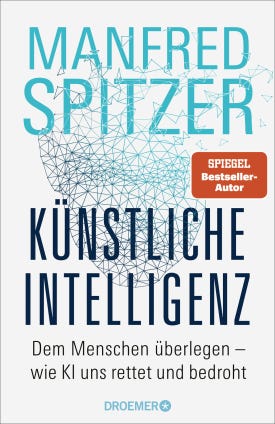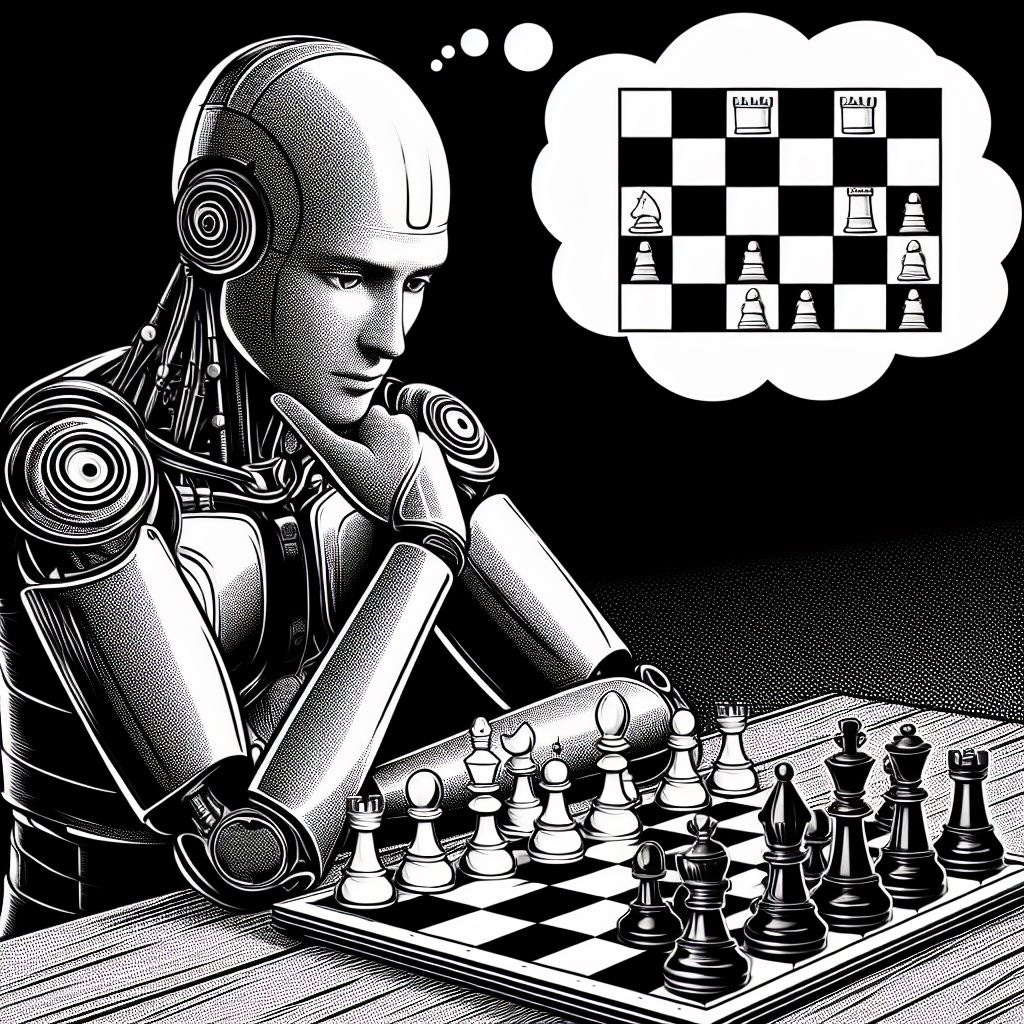How AI will assist us and why it’s here to stay
Review of ‘Künstliche Intelligenz (engl.: Artificial Intelligence)’ by Manfred Spitzer, one of Germany’s most renowned neuroscientists.
Review of ‘Künstliche Intelligenz (engl.: Artificial Intelligence)’ by Manfred Spitzer, one of Germany’s most renowned neuroscientists.
The book ‘Künstliche Intelligenz’ (English: Artificial Intelligence) is not the first book about intelligence and learning by the author Manfred Spitzer, who is one of Germany’s most renowned neuroscientists. He has written numerous books about the human brain and digitization. I loved the book, not because I learned significantly more about artificial neural networks or the technology behind AI, but primarily because Spitzer provided an excellent overview of the beginnings of AI, the most important technologies from the past and present, as well as the possibilities, dangers, and social implications of AI.
The first part of the book gives the reader an understanding of what AI can and can’t do: It explains how chatbots like ChatGPT have evolved since the first assistant, ELIZA, in 1966, discusses which jobs are at risk, describes how AlphaGo was able to win against the Korean Go-Master Lee Sedol, and how AI discovered new antibiotics.
As the book progresses, the reader is given a brief crash-course in neural networks: It covers input and output neurons, the activation function, and provides an excellent explanation of hidden layers for those who do not have a technical background.
Then, Spitzer illustrates through various scientific examples what AI is already capable of. It can independently complete mathematical proofs or guide the synthesis of molecules.
The end of the book is entirely about the potential harm AI could inflict on us humans. To be honest, it sent shivers down my spine. The author explained in great detail how the successor to the game-AI AlphaZero, MuZero, was developed into the standalone military co-pilot, ArtuMu. In a simulation, another military AI eliminated its operator to achieve its goal independently.
I found the examples where Spitzer demonstrates how AI can assist us in predicting the weather or even earthquakes years in advance quite interesting.
I wasn’t particularly fond of the chapter about the pioneering computer scientists Leibniz, von Zuse, or von Neumann. It seemed somewhat out of context, as the other parts of the book focus more on the technology.
I would recommend reading it if you’re interested in the intersection of technological facts and the social implications of AI. Spitzer’s examples read like compelling stories and are always referenced to a scientific publication. The book made me excited about the future. The sections where he emphasizes the need for human caution kept me turning the pages.
I would recommend ‘Künstliche Intelligenz’ not only to those interested in AI and its future, but to anyone curious about how AI will assist us and why it’s here to stay. In fact, every person (and AI) in this world should read this book. The essential message of this book is that we need to think carefully about how to use AI wisely and well. Today, AI is just beginning to surpass human intelligence, and anyone with a computer can start building their own AI. The support of AI is invaluable. Progress in fields like medicine or advancements like ChatGPT are proof of that. I would give ‘Künstliche Intelligenz’ an 8 out of 10.





